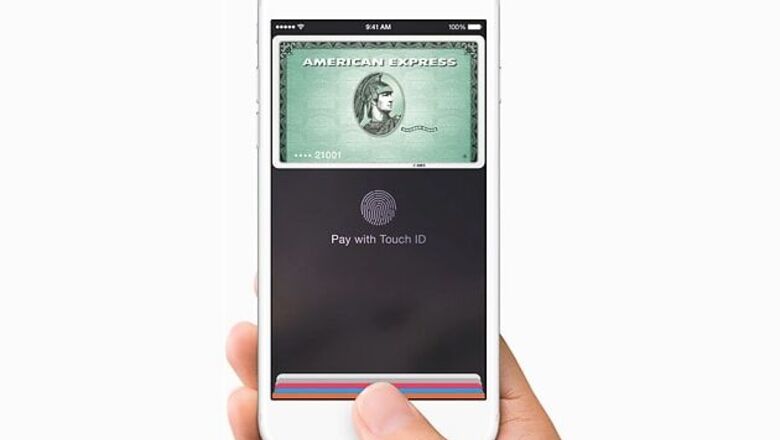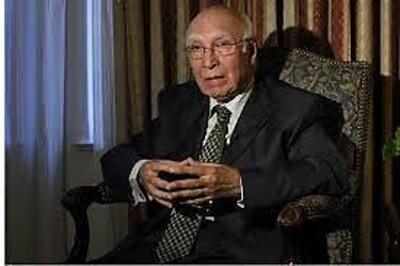
views
New York: PayPal, Apple and others are betting on billions in mobile payments.
But so far, trying to use my phone to pay at restaurants and retailers has been frustrating. It's easier just to pull out my plastic credit card than to figure out which card works with which app and which app works with which store.
In theory, mobile-payment services such as Google Wallet are easy to use. You simply download an app and enter your card information. With Apple Pay, you can even snap a picture of the card or use the one you already use with Apple's iTunes. Then, when you're ready to pay, you typically hold your phone near the store's payment terminal. The transaction is authorised through a special wireless chip embedded in many Android phones and - in the case of Apple Pay - the new iPhone 6 and 6 Plus. PayPal and Square use a different method, but the idea is the same. There's no need to look for the right card in your wallet or purse.
In practice, the process isn't so smooth. I have several payment apps taking up space on my phone. I open them only when I need a reminder of why they are so frustrating. After all, whipping out a credit or debit card isn't so time-consuming, though it is a pain when I lose a card or leave it at home. It would be nice not to have to carry them around.
So what do PayPal, Apple, Google and others need to do to get me to leave my wallet at home?
- Get more stores and restaurants to install the equipment to let me pay by phone.
I once considered spending a week trying to pay for all my meals with my phone. I'd starve. I could get a burger at McDonald's or a reheated hot dog at 7-Eleven. Mom-and-pop shops typically don't have the right equipment. It's convenient to have these apps on my phone only if I have somewhere to use them.
With the launch of Apple Pay this month, several retail chains plan to start accepting such payments or expand the ability to do so. Having millions of iPhones capable of making such transactions will give smaller merchants an incentive to upgrade their equipment, too. And sandwich chain Subway said Wednesday that it's now upgraded all of its locations with mobile pay service Softcard, a joint venture of AT&T, T-Mobile and Verizon Wireless. If more merchants really start supporting mobile pay, then I might feel comfortable leaving my cards at home.
But ...
- Figure out how to make every card work.
Most places take Visa and MasterCard, and many take American Express, too. Not so with mobile services. Where you can shop depends on which card you have.
If you plan to use Softcard to buy a sandwich at Subway, you better have an Amex or a bank card issued by Chase or Wells Fargo. Otherwise, you need to get a prepaid account through American Express and keep filling it with cash. Apple Pay will face a similar challenge, though it already has deals in place with most major banks, including all three of mine.
Here PayPal seems to be the winner so far, as it works with just about any card, as well as direct withdrawals from your checking or savings account. I was excited when PayPal's app told me I could use it at an Indian restaurant I frequent for lunch.
Except...
- Even when you think you can pay by phone, sometimes you can't.
That Indian restaurant didn't know what I was talking about when I pulled out the phone to pay. Turned out that feature was limited to ordering takeout and delivery through a third-party ordering service.
I briefly tried a payment system called LevelUp because it offered discounts for frequent visits. But when I returned to a pita place where I was racking up discount points, I learned the restaurant had dismantled LevelUp because few people were using it. So long to my points. Likewise, 7-Eleven has been phasing out support for existing mobile payment services while it partners on developing its own system.
OK. Let's say it's a perfect world and every card works everywhere. There will still be two challenges ...
- Typing in a PIN code takes time.
Once again, it's easier just to pull out plastic, especially as many transactions don't even require signatures. The fingerprint ID sensors in iPhones and Samsung's Galaxy phones will help. I'm more willing to tap a finger on a home button.
- People will need to be comfortable with digitally storing multiple credit card numbers and flashing them all around town.
The truth is, these apps are often more secure than plastic cards and their decades-old magnetic technology. Apple Pay, for instance, doesn't actually store your credit card number, but rather a substitute one that works only with that phone. If a merchant's network gets hacked, as seen with recent breaches at Target and Home Depot, the hacker would need to have physical possession of your phone to use that substitute number. And if you lose your device, no one can take it on a shopping spree because it won't work without your PIN code or fingerprint ID. You can easily disable your payments account remotely, too.
Then again, many customers like me aren't that afraid of hacks. Banks typically offer zero-liability protection, so you owe nothing for fraudulent charges, even if you do something stupid like leave your card at a bar overnight.
So until I don't have to wonder when I run out for dinner or hop in a cab if my card is going to be accepted, I'll likely keep paying with plastic.




















Comments
0 comment